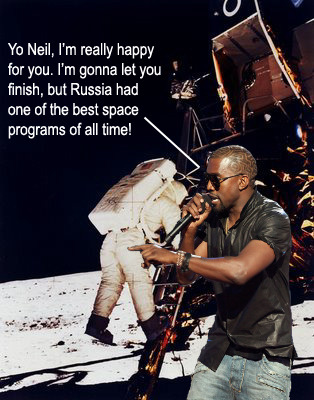Many of you heard me tell this story on a team call in December, but wanted to share the final results because there are quite a few lessons to be learned about social media and PR.
Quick background: my friend Aaron, worried about his mom’s bookstore in Portland with the troubled economy and projected all-time-low retail holiday spending season, posted on his blog that he would offer a burrito to anyone who spent $50 at her store. He set the date – Jan 16 – for a “burrito party,” as he’d be returning home to Portland for a visit that weekend, and he put the wheels in motion on his blog, encouraging people to “shop local” during the holidays. He linked to the blog post on Twitter and his Facebook profile – where the story seemed to quickly grow legs.
Within a day, he says he had about 400 more views than normal at the blog. In a few more days, he saw local news blogs pick up the story, calling it “heartwarming.” Then the local broadcast news station picked up the story, interviewing his mother in her store on the Portland evening news. The Portland Mercury (like SF Bay Guardian or SF Weekly – event listings) wrote an article and just last week, The Oregonian reported on the story, following the burrito collection party.

Aaron, friends and owner of Cha Cha Cha in Portland, OR. Image courtesy The Oregonian
Some lessons (in my mind) to be learned from this:
- Twitter is a rapid-fire way to engage response and action
- Journalists do read Twitter and blogs – even personal ones, it would seem – for news sources
- A personal/local story makes personal/local news
Oh – and smart PR pays off: Aaron was offered a job in the marketing department at Birkenstock, where he previously worked on customer support/analytics, by the CEO after he caught wind of the “campaign.” The exec also asked my friend for advice on social networking (I assume he’s caught wind of the Zappos guy’s success).
Not bad traction for a quick, pleading blog posting, eh? :)
Aaron’s other new media success since moving to SF:
Meets Guy Kawasaki randomly at airport AFTER having worked with him to create shoes.alltop.com, per a suggestion Aaron sent Guy on Twitter; Guy then mails him signed copy of his book.
Classic right place, right time – but also adding the right idea!
Filed under: stunts | Tagged: blogs, pr, social media, Twitter, viral | 3 Comments »




 When a video surfaced on YouTube in April featuring Domino’s employees
When a video surfaced on YouTube in April featuring Domino’s employees 





